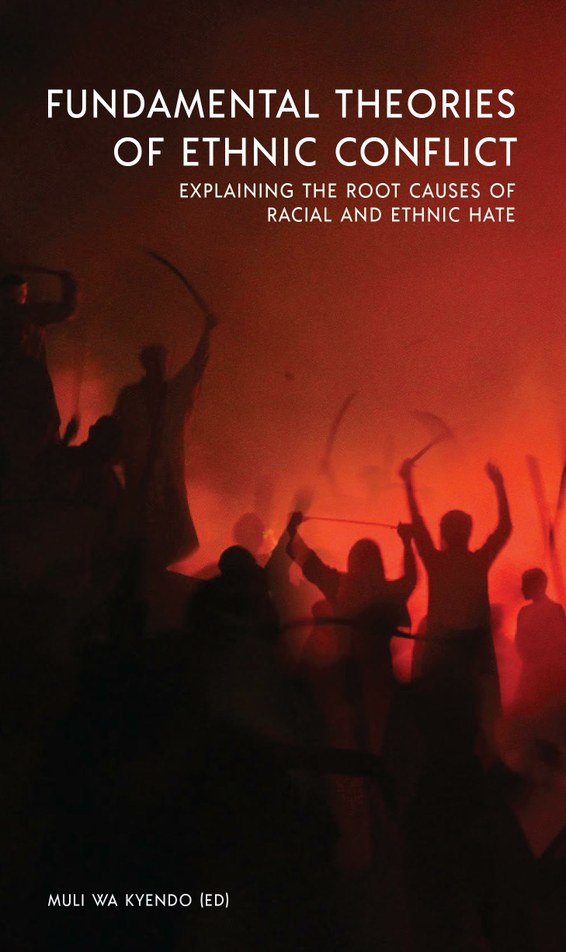|
Last month we asked: “In terms of story, what do you do about evil characters who come into conflict with your protagonist?”
It’s worth further thought. For example, a mystery novel usually starts with a murder, while a crime novel leaves no doubt that a character has transgressed. In either case, the story sees to punishing the villain.
In a thriller, however, common practice calls for death or ruin to the villain. Last month’s newsletter asked whether it might be useful to have a more compassionate outcome. To a seasoned professional writer, the answer is obvious. Who cares? Evil has consequences.
Why did this come into question? The idea originated with current episodes of Heidi Thomas’s Call the Midwife, a BBC period drama. Recent episodes often feature a pregnant woman who is suffering abuse or neglect at the hands of her husband. While the story portrays a successful birth, it also takes the trouble to show why the husband turned against his wife. And, as part of the problem, the husband is helped to take steps to correct his behavior.
Surely this practice is commendable. But is it quite so unique? It’s difficult to isolate novels where every protagonist’s opponents receive compassion. However, as an example in kind, the late Clive Cussler wrote a series of novels with a tough duo – Sam and Remi – but, while they are supreme in challenging evil, they always manage to leave an injured victim alive, although possibly in precarious danger.
So, this is but a thought. When writing, it’s refreshing to think that perhaps we need more stories which demonstrate compassion. We have seen what online games have done for our youth, and we let’s hope that we fiction writers can do better.
 Fundamental Theories of Ethnic Conflict, by Muli wa Kyendo (ed.)
Fundamental Theories of Ethnic Conflict, by Muli wa Kyendo (ed.)
Description
This book develops and expands on theories that aim at explaining the root causes of ethnic and racial conflicts. The aim is to shift focus from research, policies and strategies based on tackling the effects of ethnic and racial conflicts, which have so far been ineffective as evidenced by the increase in ethnic conflicts, to more fundamental ideas, models and strategies. Contents extend across many disciplines including evolution, biology, religion, communication, mythology and even introspective perspectives.around the world.
Drawn from around the world, contributors to the book are respected and experienced award winning authors, scholars and thinkers with deep understanding of their special fields of contribution. The book was inspired by the conditions in Kenya, where ethnic violence flared up with terrifying consequences following a disputed election in 2008. Although the conflict was resolved by the intervention of the international community, Kenyans – like many other Africans - continue to live in fear of ethnic conflicts breaking out with more disastrous consequences. The book will be useful to policy makers, NGOs and others involved in promoting peace. It will also be useful in guiding research and as a text book in universities and colleges.
Handbook of Research on Examining Global Peacemaking in the Digital Age, Bruce L. Cook (ed.)
Description
Violent behavior has become deeply integrated into modern society and it is an unavoidable aspect of human nature. Examining peacemaking strategies through a critical and academic perspective can assist in resolving violence in societies around the world.
The Handbook of Research on Examining Global Peacemaking in the Digital Age is a pivotal reference source for the latest research findings on the utilization of peacemaking in media, leadership, and religion. Featuring extensive coverage on relevant areas such as human rights, spirituality, and the Summer of Peace, this publication is an ideal resource for policymakers, universities and colleges, graduate-level students, and organizations seeking current research on the application of conflict resolution and international negotiation.
Visit our sister web sites..
http://www.author-me.com/
http://www.authormepro.com
http://www.reservebooks.com/
http://www.strategiesforpeace.org/
http://www.sudanlit.com/
http://www.cookcom.net/
http://www.innisfreepoetry.org
We have developed a world peace website: www.wwpo.org
Publishing New Writers,
April, 2020 (vol. 21, no. 4)
Publisher:
Dr. Bruce L. Cook
1407 Getzelman Drive
Elgin, IL 60123
Submissions/comments cookcomm@gmail.com. Links are welcome. To subscribe and/or review our archive of past newsletters, go to
http://www.author-me.com/newslist.htm